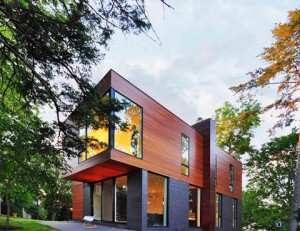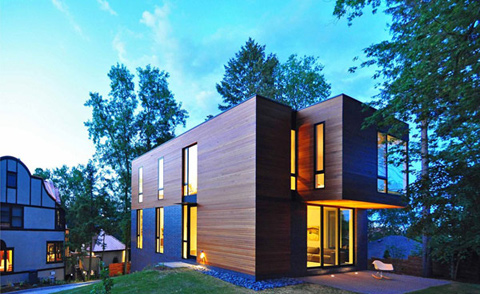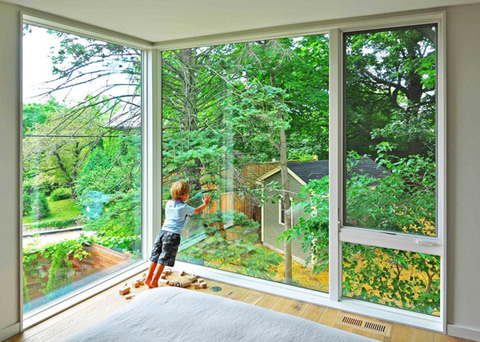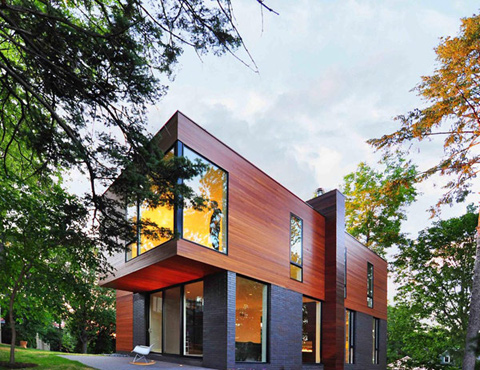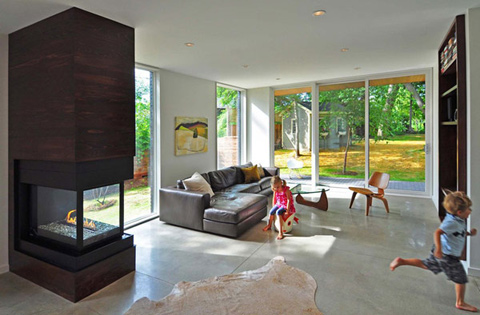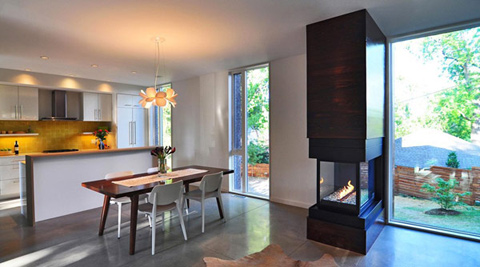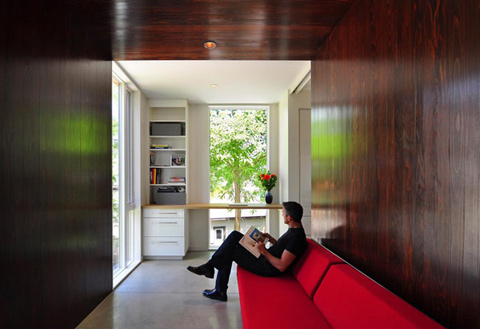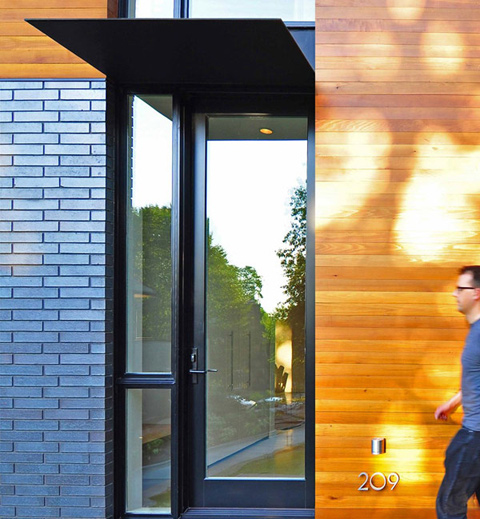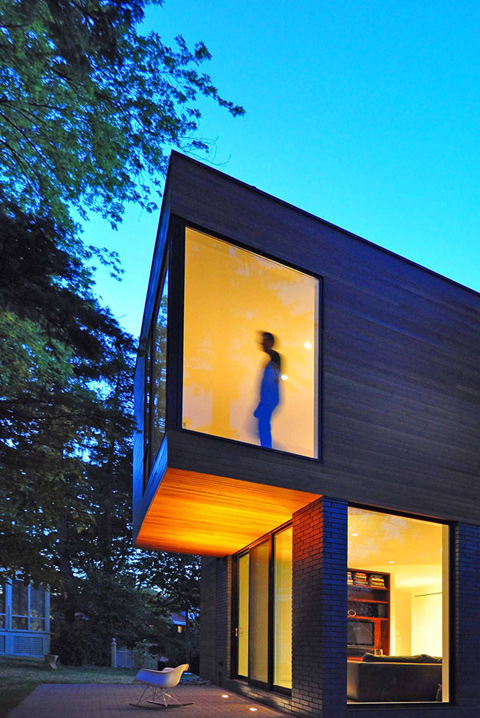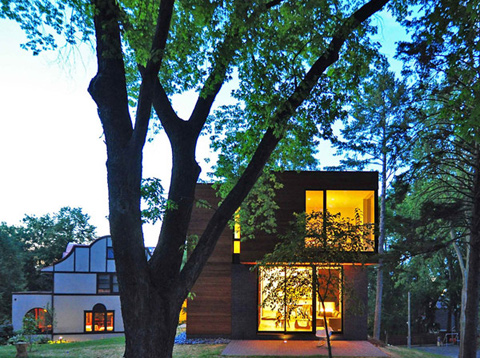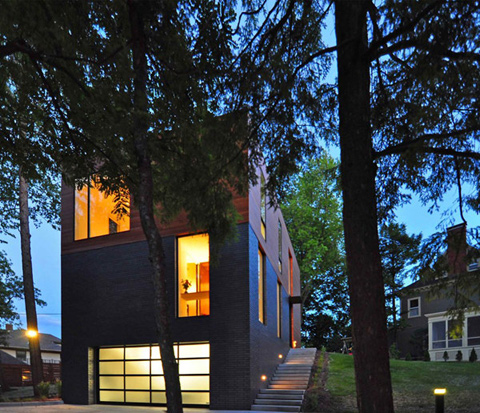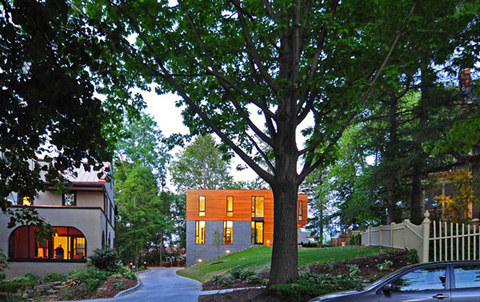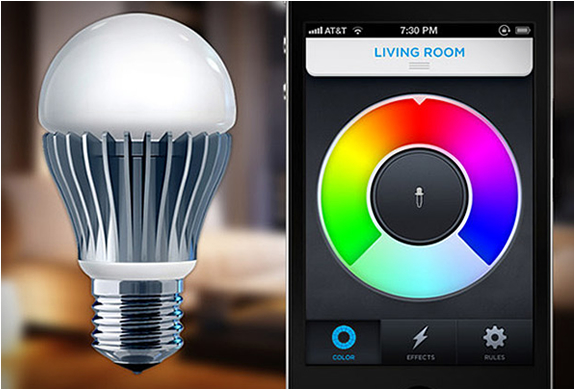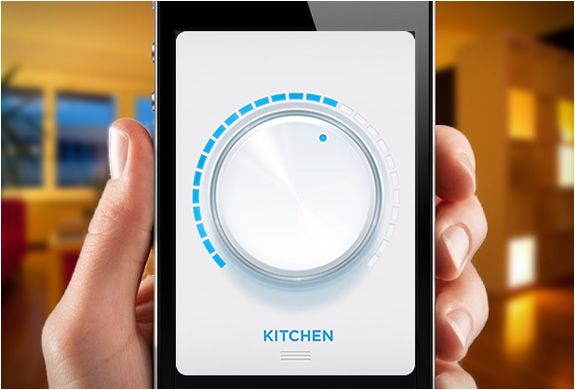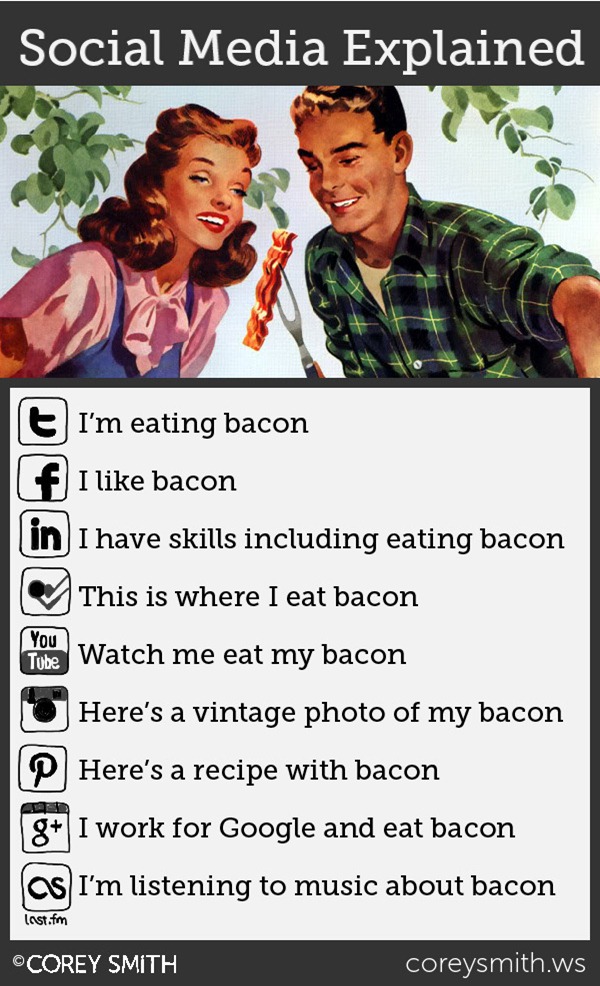 The housing recovery showed signs of strengthening this week, as two new reports showed home sales and prices on the upswing.
The housing recovery showed signs of strengthening this week, as two new reports showed home sales and prices on the upswing.
Existing-home sales have soared nearly 8 percent from a year ago, the National Association of REALTORS® reported this week. Meanwhile, the new-home market also is showing signs of recovery, with starts rising 29.1 percent over year-ago levels, according to the Census Bureau.
What’s more, home builders are getting more confident about the market with recent sales, future sales, and buyer traffic. Homebuilder confidence reached its highest level since the housing-boom time of June 2006, according to this month’s index of homebuilder sentiment.
Also this week, fixed-rate mortgages this week were at all-time record lows or near it, helping to keep home buyer affordability high, Freddie Mac reported in its weekly mortgage market survey.
With a drop in inventory of for-sale homes nationwide, many markets are also seeing an increase in home prices. The median home price is $187,400, a 9.5 percent increase over year-ago levels. Also, “that marked the sixth consecutive month of price increases, the first time that has happened since May 2006, near the very peak of the housing price boom,” CNNMoney reports.
“We have a real housing recovery taking root, and that has positive implications for the broader economy,” Sal Guatieri, senior economist at BMO Capital Markets, told the Associated Press. “If home prices continue to rise, so, too, will household wealth and consumer confidence.”
Source: “Housing Recovery Blossoms,” CNNMoney (Sept. 19, 2012) and “Housing Recovery Stirs in August,” Associated Press (Sept. 19, 2012)

